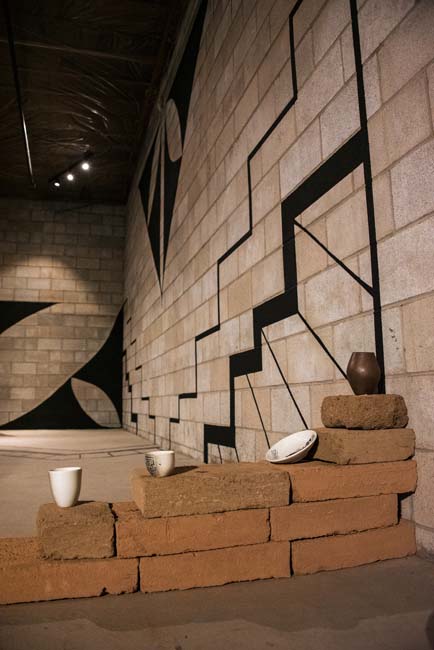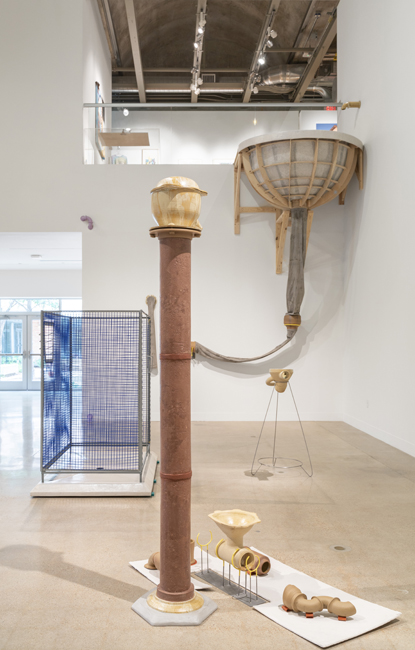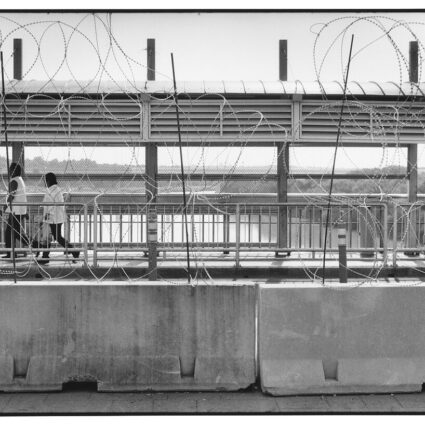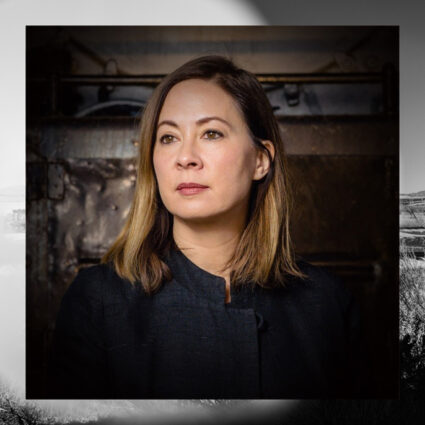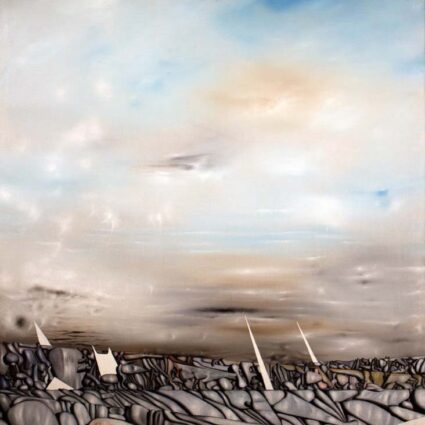In Southwest Contemporary Vol. 8: Medium + Support, guest juror Laura Copelin discusses the jurying process and themes that thread the ten featured artists together.
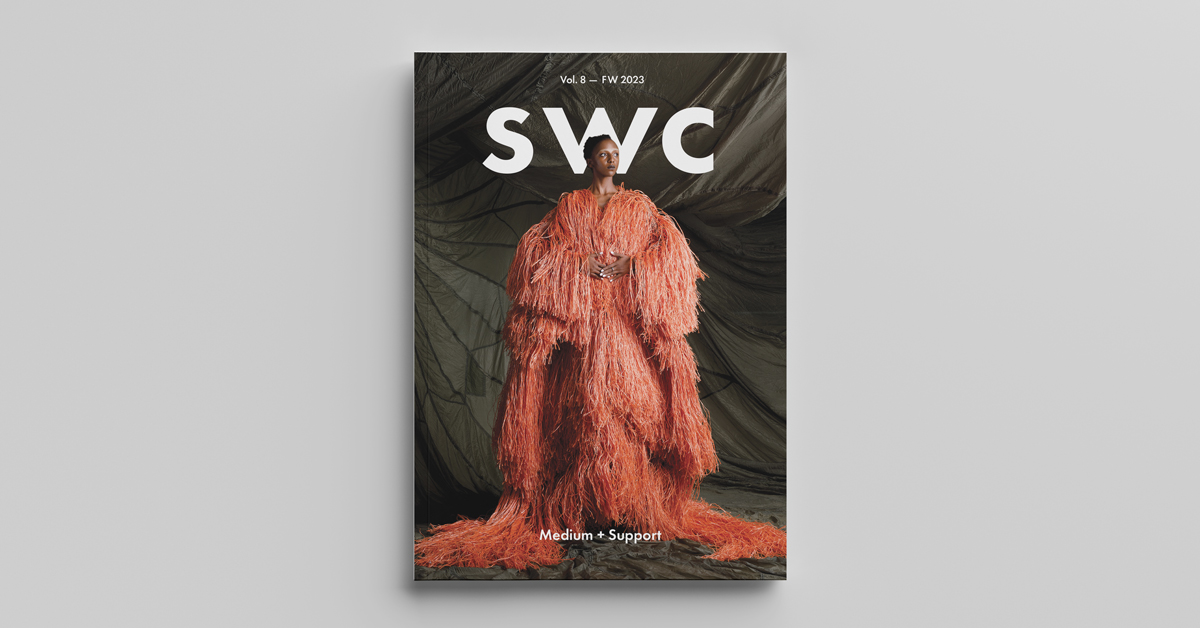
In art school as an undergrad, I lucked into a critique class with Mary Kelly—the profoundly important feminist artist, writer, and scholar—in which she walked a small group of us through her method for looking at and analyzing a work of art. Though my memory of the specifics is fuzzy, the gist is that we started the discussion with as broad a view of the space as possible: where you were generally, how you entered the room, the qualities of the room itself, where the work was in the space. She then had us move on to examine how the piece was mounted, the means of support, the relationship of support to medium, the intricacies of the medium itself—slowly peeling back the layers of context, decision-making, materiality. It wasn’t until the very end of the process that you would approach the content of the work, its representations, how well it communicated or did not, its “meaning.”
Now, in a world changed by COVID and in my own little world flipped by becoming a mother, I find myself looking at art online for the most part, including when jurying this issue of Southwest Contemporary. I miss the physicality and sensory details; the nuances of decisions and relationships get lost in this remoteness, reflecting the meaningless condition of life online more generally. But certain elements of Kelly’s method still help me look deeper, in this case, at the importance of context and the many possible relationships of medium to support. Almost all the work in this issue grapples with the broad context of the Southwest, complicating notions and narratives about the region itself. And while installation, apparel, or time-based work are not typically meant to be experienced remotely, the deliberate choices artists make, particularly about figure and ground, representation and structure, come through. It was wonderful to be exposed to so many diverse practices across the region. I could have easily tripled this list of artists with all the excellent submissions, but I found an array of dynamic approaches to the relationship between medium and support in the practices represented here.
As different as these ten artists are, it was interesting to see the entanglements of their interests and strategies emerge. For instance, in both Josh Tafoya and Narong Tintamusik’s work, what is wearable transforms both the wearer and the material itself. Tafoya’s clothes play between cultures and methods of fabrication, simultaneously weaving and deconstructing fibers and histories, while Tintamusik’s Snack Wraps oscillate between jewelry, spiritual alms, plastic waste, and assemblage. Both artists cast the human body as support for material experimentation and ornamentation, as does Rosemary Meza-DesPlas, whose bra, bean bags, and textile tortillas are charged accessories that point to the artist’s performance practice. Meza-DesPlas also directly represents the female body in careful hair embroideries, stitching histories of craft and her own DNA into meditations on identity and standards of beauty.
Distinct approaches to installation reveal a collapse in the hierarchy of medium and support. For instance, in Margarita Paz-Pedro’s installation, earthen adobe bricks display clay ceramics inside of a cinderblock room painted with the designs from the vessels themselves. The artist turns the entire room into a vessel and landscape for the viewer to inhabit, demonstrating the interconnectedness between cultures, materials, scales, and land. In Lizz Denneau’s work, found objects act as both primary and structural material to build elaborate tableaux that investigate the forces of power, racism, and consumerism shaping individual and collective histories. While in Ariel Wood’s sculpture, the often-invisible mechanisms of plumbing are centered, evoking the public, private, and political space of bathrooms; acting as a stand-in for the human body; and celebrating the fluidity and connectivity of queerness.
These are just a few threads followed in many distinct and complex bodies of work. Whether “support” manifests as ceramic vessels, Styrofoam plates, the borderlands, or the living body, and whether “medium” ranges from oral history and archival materials to the detritus of American culture, each artist offers alternatives and inversions to what is foregrounded and what is not, complicating binary relationships and pluralizing representations of and within the Southwest.
The ten artists featured in Medium + Support are:
alejandro t. acierto
Fernando Andrade
Lizz Denneau
Rosemary Meza-Desplas
Margarita Paz-Pedro
Safwat Saleem
Josh Tafoya
Narong Tintamusik
Bella Maria Varela
Ariel Wood

